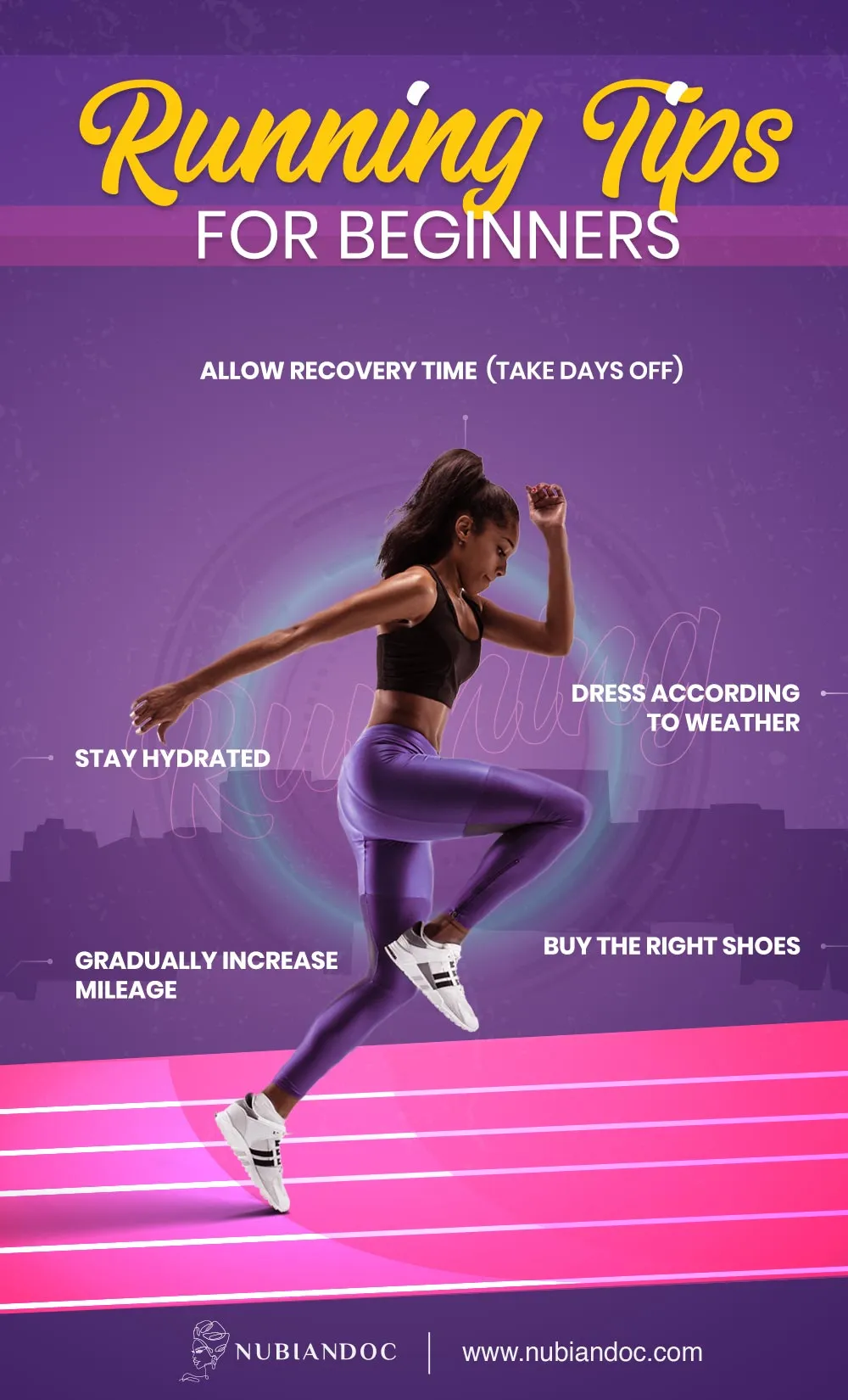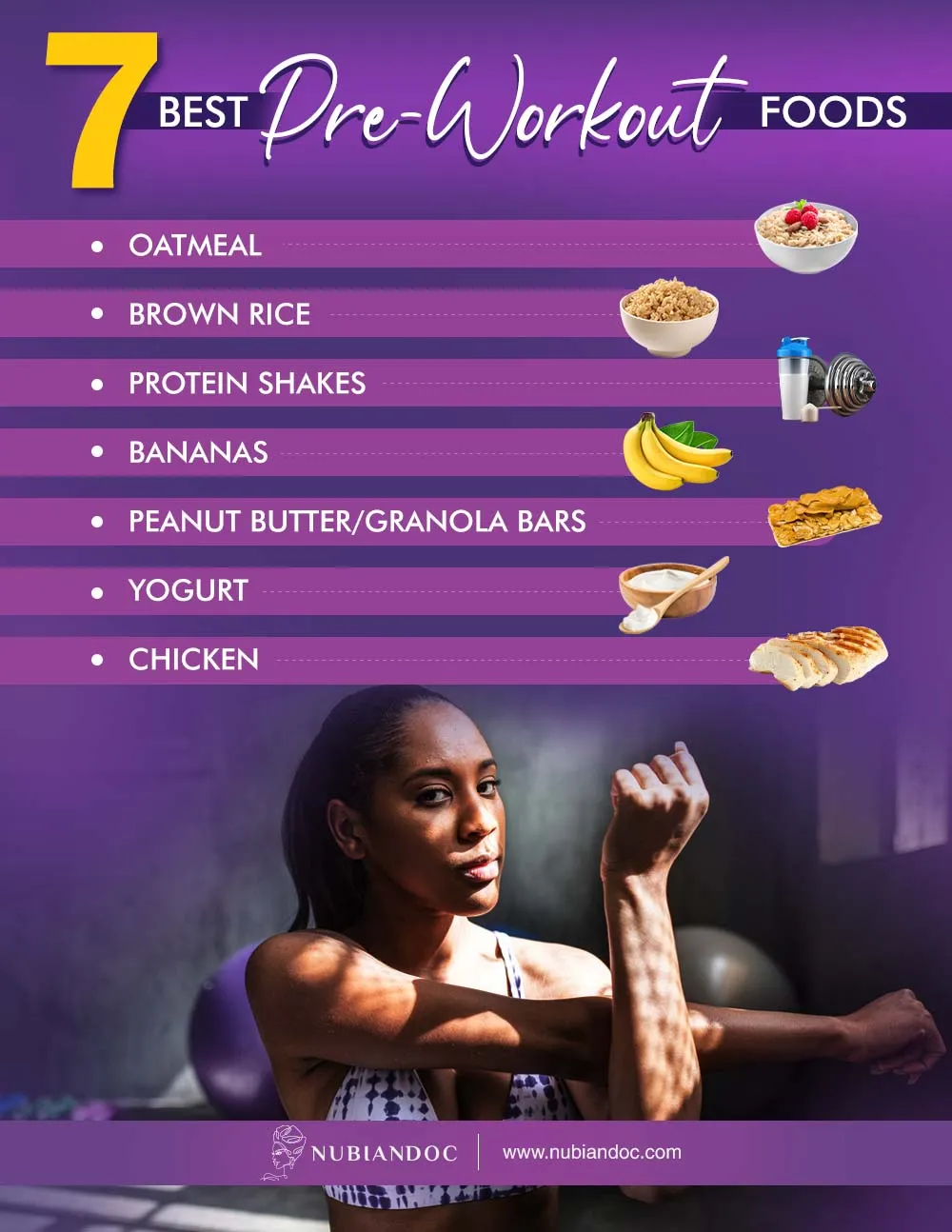Strength Training: Train Your Body & Mind for a Healthier Life
Jogging vs. Running | Strength Training | Workout | Nutritious Diet | Injury Recovery | Tips for Running | Adequate Sleep
Strength training goes a long way in terms of supporting bone health, making aerobic exercise more productive, preventing injury, and facilitating healthy aging. Running, one of the most popular physical activities in the world-happens to be an appealing aerobic exercise which is free of cost and requires no equipment. About 1 in every 5 Americans has enjoyed the benefits of this sport at some point in their life. Runners have the opportunity to participate in all sorts of fun activities including trail runs, distance running, marathons and ultra-running.
Running brings about multiple health benefits, such as elevation of heart rate (which improves cardiovascular health), improved blood sugar control, lower blood pressure and a balanced cholesterol level. It further aids in maintaining your weight goals, giving a boost to your energy levels throughout the day.
Whether you are planning to train for a race or just logging miles for fun, running is an absolute sport for your body and mind, with very little to no use of equipment (unless you hold weights while taking a run). All you need is a pair of good running shoes and the willingness to get started.
Running sounds fairly easy and although it may seem irrelevant to talk about a routine, by keeping a few running tips in mind you can enhance the effectiveness of your workout and make it more enjoyable at the same time. From sports gear to nutrition, this beginner’s guide will have you taking injury-free strides in no time.
Jogging Vs. Running
The major difference between running and jogging is the ‘intensity of physical activity’. Although both require the legs to move in a similar manner, running is faster than jogging. It requires more energy and demands more effort from your muscles, and requires a better fitness level as well. Running uses more calories and demands more effort from your heart and lungs, burning more energy than jogging.
SUMMARY: Running is an intense aerobic activity that requires no equipment except good running shoes and provides a lot of health benefits. It is more intense than jogging and burns more calories, which ultimately leads to better health and maintains body weight.

Health Benefits of Running & Jogging
Regular running or jogging provides health benefits such as:
- Stronger bones, as it is a weight-bearing exercise
- Strengthens your muscles
- Improves cardiovascular fitness
- Burns calories
- Helps maintain a healthy weight
A sedentary lifestyle is linked to a higher mortality rate, coronary artery disease, stroke and hypertension. Regular physical activity significantly improves mental and physical health, improves self-confidence and even slows down the aging process.
SUMMARY: There are numerous benefits of running-such as good heart health, maintaining physical and mental health, muscular strength and keeping cholesterol in check. For a healthier lifestyle-consider running as part of your daily workout.

General Tips for Running
Before you get started, follow our running tips for beginners that will help guide you towards a smoother running experience:
-
Fitness before running
For beginners, it is important to start small-you may start with brisk walking, shifting towards jogging and then ultimately running. This will be a gradual process but will help you increase your stamina.
-
Maximizing body fitness
Inculcate other forms of exercise into your routine, such as swimming, team sports or training at the gym-these will help in maximizing your overall fitness.
-
Warm up
Stretching your arms, legs, waist and neck exercises help you into getting ready before your run. There are many warm up activities, such as marching (slowly), brisk walking and jogging.
-
Nutritious diet
Consuming food of nutritional value such as fruits and vegetables, lean meat, wholegrain cereals and low-fat dairy items are essential to your fitness; however, a reduced sugar, dietary fat and soft drink intake is recommended for runners. Drink plenty of water and hydrate before you step out to run.
-
Pre-exercise screening
This screening helps you diagnose whether you have any underlying health conditions before you take up an activity that requires a lot of exertion.
-
Take days off
To avoid over-training and over-exertion of your body, take two days off every week. This may help you in injury cover, as muscles need to heal and recover after physical exertion. For the best outcome, choose to run on grassy areas, and avoid hard/loose surfaces to reduce injuries.
-
Avoiding roads
Vehicle exhaust fumes can elevate the risk of cardiovascular and respiratory issues, so avoid running near roads if you have breathing difficulties.
-
Sweat-absorbent clothes
Prefer clothing that wicks sweat away from your skin, as warm or ill-fitted clothes could irritate the skin and hinder your running experience.
-
Sunscreen and shoes
Buy an appropriate pair of shoes, designed specifically for running. Make sure they are comfortable-not too tight nor too loose. Apply SPF 50+ to exposed skin areas and keep skin issues at bay.
-
Sleep cycle
An adequate amount of ‘good sleep’ is also mandatory in keeping your energy levels high during running.
SUMMARY: Adequate nutrition, a good sleep cycle, hydrating your body, warm-up sessions and allowing for recovery after a good run are all essential to keeping you away from injuries or any adverse effects

What is Strength Training?
Strength training, also known as resistance training, includes physical activity that is designed to improve your stamina, endurance, strength and efficiency. Strength training for runners can bring about huge benefits, such as more muscle strength while running and stronger connective tissue (tendons and ligaments) to help prevent injuries. Strength training equipment includes dumbbells, barbells, kettlebells, bands, sandbags, weight machines and even your own body weight.
Improving your upper-body strength may also enhance your running ability, as with a stronger core (and strengthened arms) you are able to take more powerful strides.
5 Benefits of Strength Training Workouts for Runners
Although you certainly need to run in order to become a better runner, focusing on your route, track or trail after going through the entire ‘warm up process’ also infers numerous benefits to both your running performance and health in general.
Benefits of strength training:
- Helps prevent running injuries
- Improves Running economy, efficiency and form
- Increase bone density
- Helps boost energy levels and increases stamina
- Increases metabolic rate and helps enhance brain function
SUMMARY: Strength training benefits runners by helping in prevention of injuries, enhancing running performance, improving your metabolic rate and aiding better mental health.
Best Strength Training Exercises for Runners
Strength training is needed in order to run, as running is a unilateral exercise. This means that your legs are moving independently of each other and supporting your body one (leg) at a time. Since it is unilateral, runners should focus on similar exercises such as lunges, step ups, bench presses and deadlifts.
These are the best exercises for runners:
• Squats
• Deadlifts
• Single-Leg Romanian Deadlifts
• Forward and Reverse Lunges
• Lateral Lunges
• Bulgarian Split Squats
• Steps Ups
• Hamstring Curls
• Glute Bridges
• Calf Raises
• Clam Shells/Banded Side Steps
• Push-ups
• Planks
• Rows
• Reverse Fly
• Pull-ups
• Dead Bugs
• Bird Dog
• V-Ups
• Pallof Press
SUMMARY: Running is a unilateral exercise, and by adding other unilateral exercises (such as lunges, step ups and core-strength exercises) you can enhance your efficiency at running.
Tips for Strength Training for Runners
Start by working with a trainer (professional) or a body coach for strength training exercises. A lot of fitness centers and gyms offer a demo or complimentary session with a personal trainer who can guide you on the right postures for basic exercises (such as squats and lunges). They would also help explain strength training equipment in an accurate way, as using them without support might result in injuries. Follow a guided workout by using apps such as PELOTON DIGITAL or OPEN FIT, or stream a free strength-training workout for runners on YouTube.
Focus on your form, as proper form is paramount for two important reasons-it reduces the risk of injuries while exercising, and also ensures that the training session has been effective. If you are unable to maintain accurate form during reps in a set, move towards lighter weight training or stop the sets early. Lift slowly and gradually increase your weight-bearing.
Some runners use less resistance while training, because they worry about ‘bulking up’. Since running is a sport that increases muscle endurance, strength training for runners should focus on increasing muscle ‘power’. In order to do so, use enough resistance to stimulate your muscles into working harder and becoming stronger.
Do not focus on one form of workout, but aim towards adding variations and performing different exercises. Increase the difficulty level of your exercises, as this helps you challenge your body towards better gains.
Lastly, make strength training fun for yourself. This helps encourage you (and your mind & body) to stick with your routine. Try playing motivating music (or listen to podcasts) while lifting weights, or workout with a friend/partner to give you that extra motivation.
SUMMARY: Working out with a strength trainer, motivating yourself by adding music or a workout partner and using health/fitness apps would all help you in achieving better gains from running. Having a proper posture and form is necessary for strength training, but adding variations also enhances your resistance and muscular strength.
Post Run Checklist |
|
| Time Post Running (min/hrs.) | Things To Do |
| 5-10 minutes | Elevate legs against wall or chair |
| 10-20 minutes | Shower with cold water |
| Within 30 minutes | Drink water and replace electrolytes |
| Within 60 minutes | Eat a meal with 4:1 or 3:1 carb to protein |
| Within 1 hour | Drink tea or coffee with your meal for recovery |
| Within 12 hours | Foam roll your major muscle groups |
| Within 14 hours | Move around to prevent stiffness |
(Source: Laura Norris Running)
The Bottom Line: Strength Training
Running is a form of unilateral aerobic exercise that requires ultimate fitness (and strength training prior to running). Your posture pre, during and post running should be correct, so don’t hesitate in taking guidance from a professional trainer to improve your experience. Start slow (brisk walking, jogging) and gradually shift towards running. Also whether you should see a doctor for a health screening before starting any new exercise regimen may be advised. Issues with starting a new exercise regimen will depend on your existing level of activity, age and any current medical conditions.
At NubianDoc, we explain the pros (and cons) of same strength workouts every day. Our fitness and nutrition-oriented articles can also help enhance your running experience; if you wish to seek further information, click here. NubianDoc’s 8-Week Health Plan E-book will help you move towards a healthier lifestyle, with nutritious recipes and at-home exercises that fit your schedule.
Visit our website and get in touch to learn more.



